
Queer Chemistry: Discussing drugs and Sydney’s LGBTI community
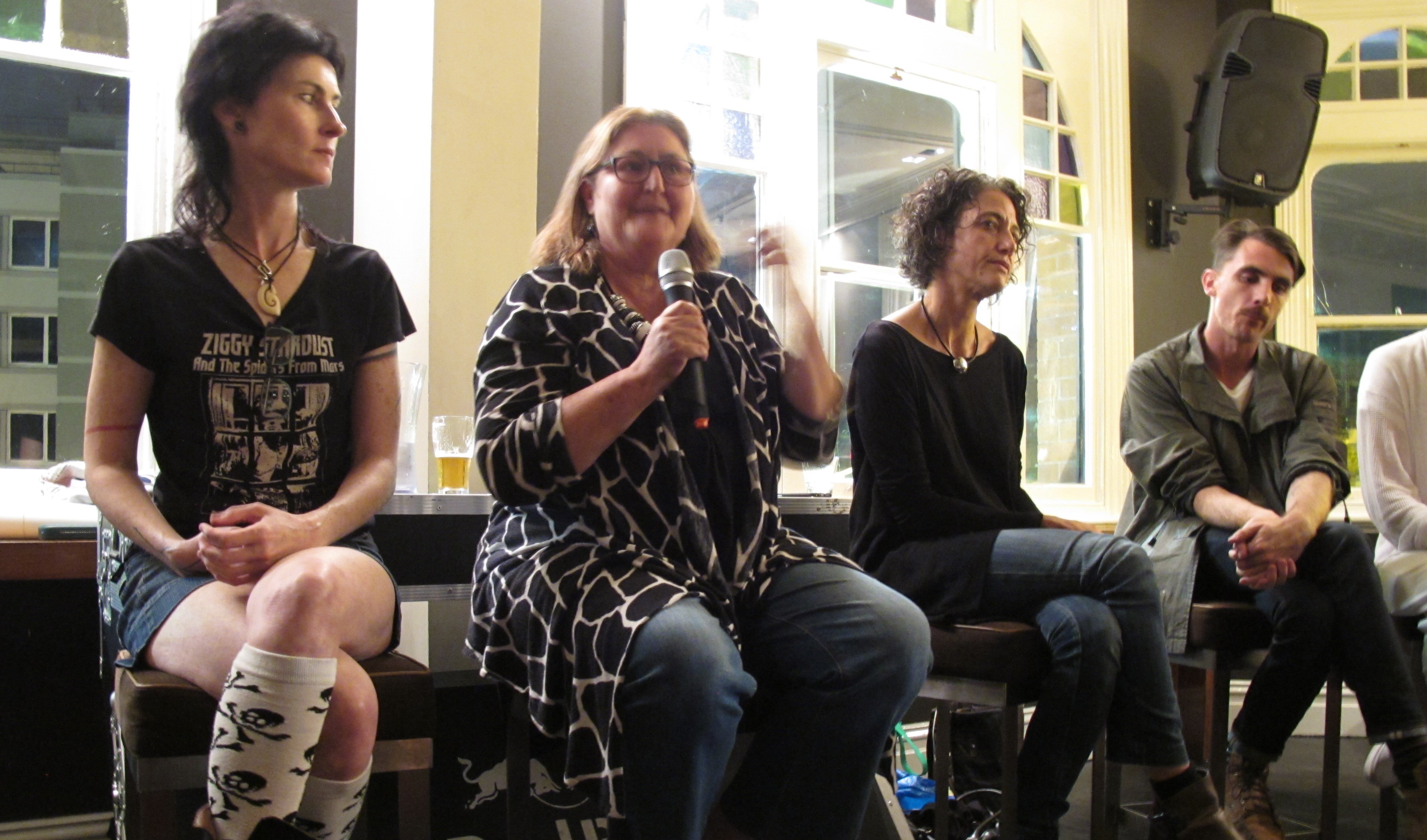
THE use of illicit drugs has always been a huge part of Sydney’s LGBTI community and a forum held in Oxford St set out to discuss the many facets of this issue.
Last night about 100 people attended the Queer Chemistry forum hosted by Unharm to hear speakers discuss a range of topics from safety, decriminalisation, engaging young people in activism, the presence of sniffer dogs at LGBTI events and more.
Pleasure Consuming Medicine author Kane Race facilitated the event and began by highlighting how difficult the topic was to talk about.
“This is a risky conversation to have, because we’re talking about criminalised behaviour,” he told the audience.
Speakers included Associate Professor Nadine Ezard, who argued faster and more reliable pill testing at events would be a big step in decreasing overdoses.
Shannon Wright, ACON’s director of Community Health and Regional Services, spoke about the organisation’s drug rovers attendance of events to “recognise when someone is out on the dance floor having a good time and then when they need help”.
Other speakers included The Institute of Many (TIM) co-founder Nic Holas, Sydney DJ Jonny Seymour, writer and performance artist Fiona McGregor, UNSW’s Toby Lea, commentator David Pieper and Dr Dean Murphy.
Unharm founder and executive director Will Tregonin said the event was organised to not only talk about drugs and policy but “the effects of especially policing on the community in Sydney”.
“The gay and lesbian community in Sydney has been some of the main targets for some of the most heavy-handed enforcement of drug laws,” he told the Star Observer.
“For example, the drug detection dog operations that began in Sydney in 2001 were targeted on Oxford St overwhelmingly in the early years of the program.
“It really had a significant effect on community space.. both on individual drug use practices, but also on this being a community space and community owned.”
Tregonin said those programs caused “a whole bunch of detrimental effects” — like panic-based overdoses, preloading and internal cavity hides — which he said were problematic.
“There’s a higher prevalence of drug use among gay and lesbians in Australia and at the same time quite a low prevalence of some of the harms in the community more broadly,” he said.
“Gay men and women have a lower incident of some of the problematic drug use compared to the straight community. So there’s something interesting there.”
According to Tregoning, a culture of care fostered during the 80s and 90s around HIV was extended to the wider LGBTI community and had been “key in promoting safety that balances safety with pleasure”.
“I thought the [forum] was fantastic,” he reflected.
“One of the things we’re trying to do is create spaces for these conversations to happen… there’s a real barrier to having open conversations about both drug use and drug policy.
“These kind of events begin to create that space and a shared language. But at the same time, I think one of the most exciting things is it begins to create an activist community.”




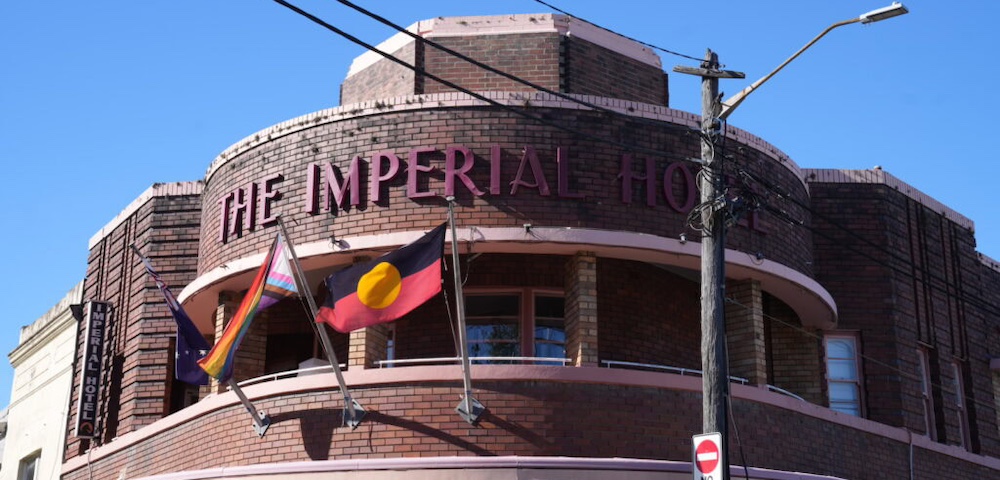
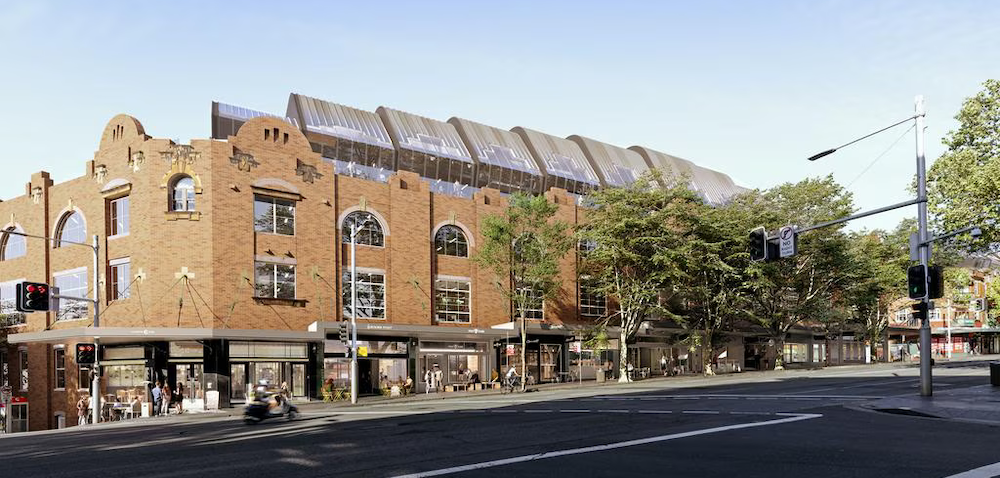
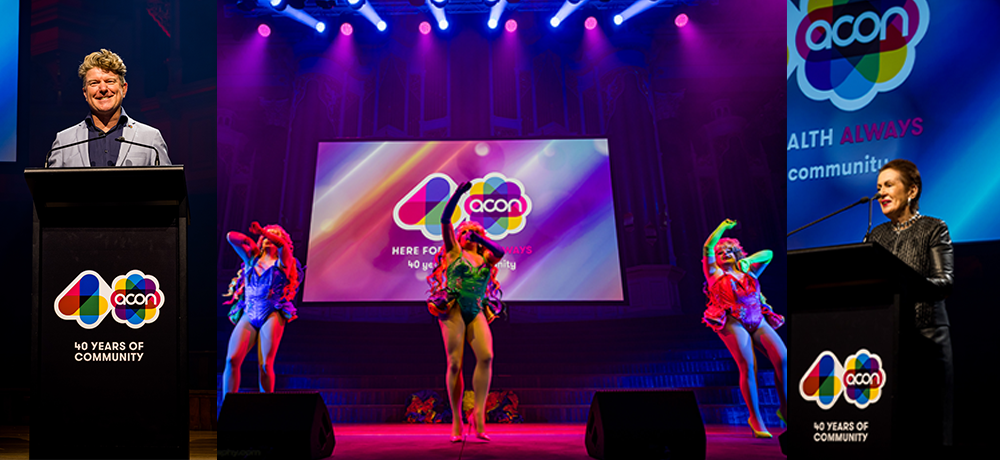
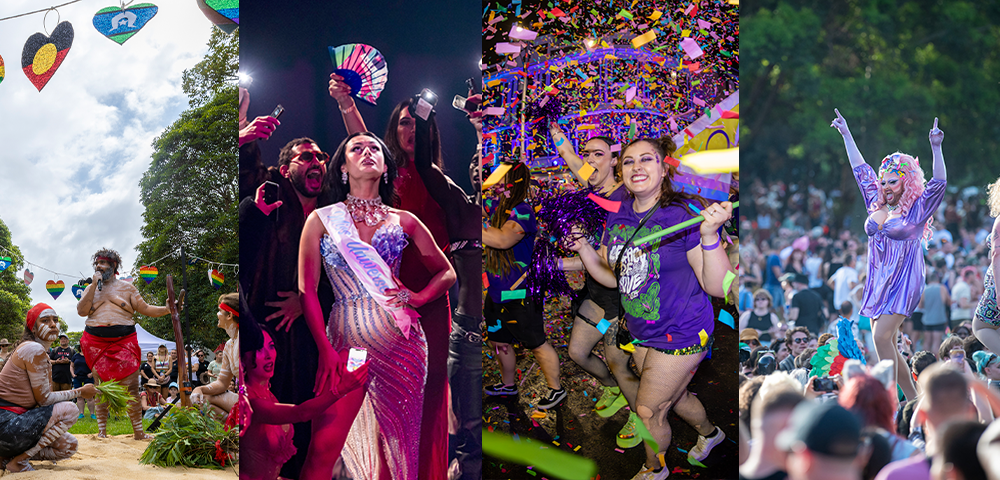
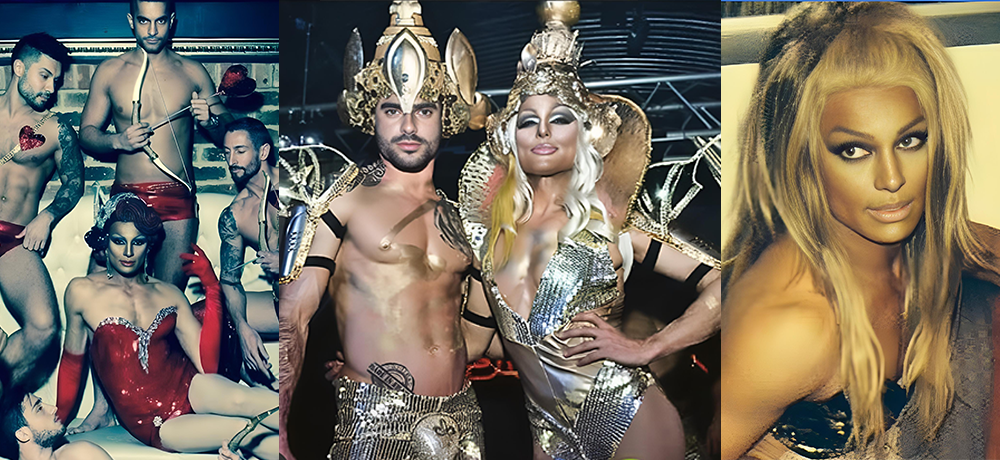
What’s the “I” in LGBT – I for?